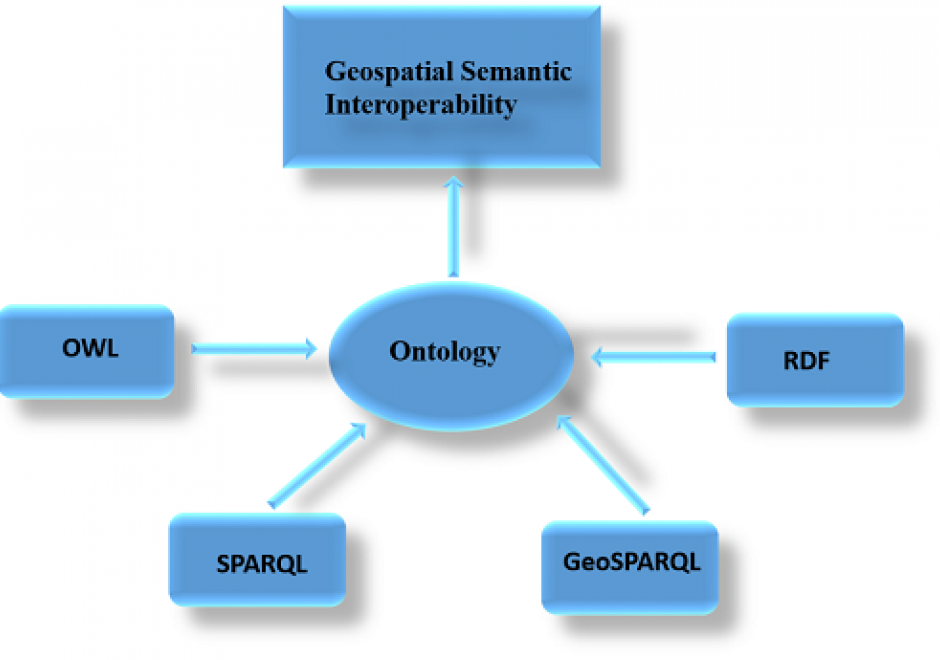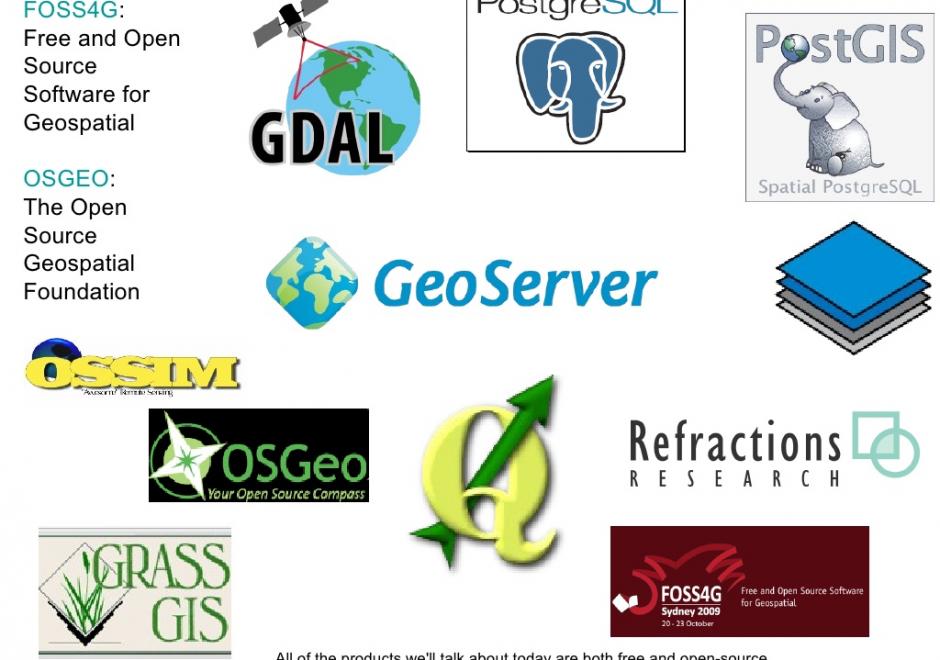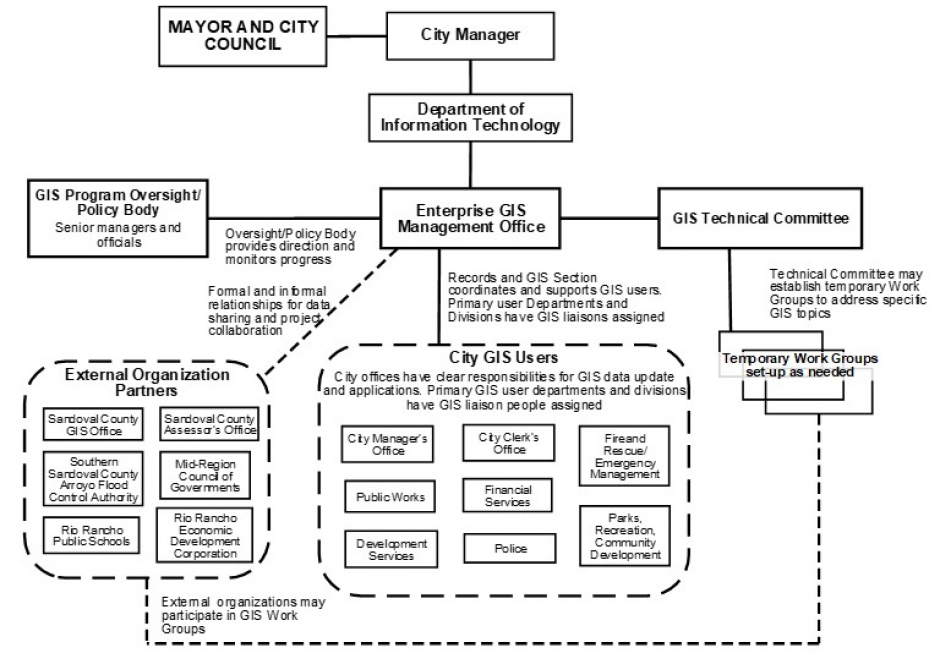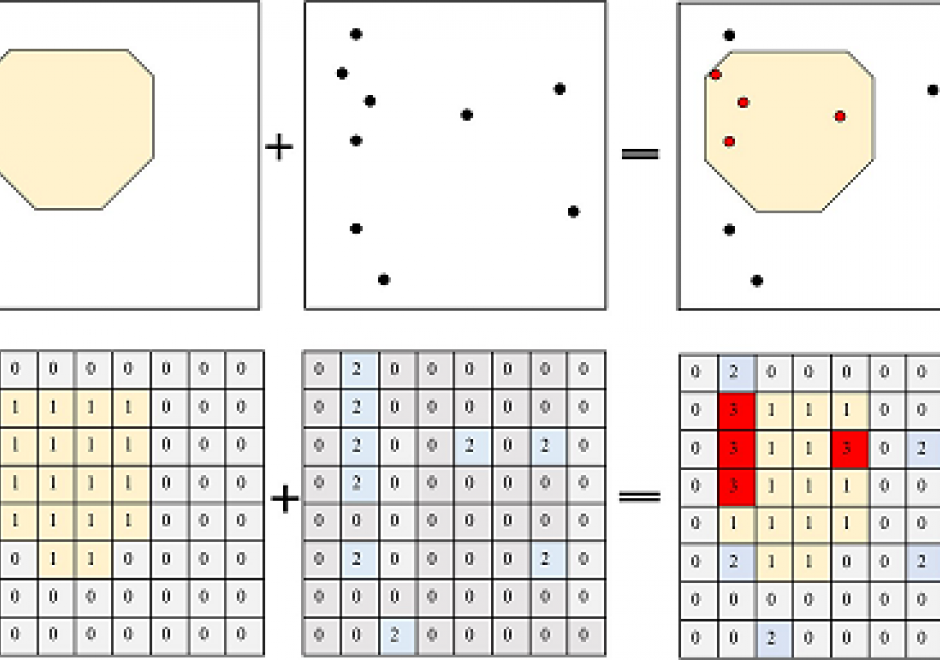CP-32 - On the Origins of Computing and GIST: Part 2, A Perspective on the Role of Peripheral Devices

GIS implementations in the late-1960s to mid-1980s required the use of exotic peripheral devices to encode and display geospatial information. Data encoding was normally performed in one of two modes: automated raster scanning and manual (vector) coordinate recording. Raster scanning systems in this era were extremely expensive, operated in batch mode, and were located at a limited number of centralized facilities, such as federal mapping agencies. Coordinate digitizers were more widely distributed and were often configured with dedicated minicomputers to handle editing and formatting tasks. Data display devices produced hardcopy and softcopy output. Two commonly encountered hardcopy devices were line printers and pen plotters. Softcopy display consisted of cathode ray tube devices that operated using frame buffer and storage tube technologies. Each device was driven by specialized software provided by device manufacturers, leading to widespread hardware-software incompatibly. This problem led to the emergence of device independence to promote increased levels of interoperability among disparate input and output devices.






CP-16 - On the Origins of Computing and GIS&T: Part I, A Computer Systems Perspective
This paper describes the evolutionary path of hardware systems and the hardware-software interfaces that were used for GIS&T development during its “childhood”, the era from approximately the late 1960s to the mid-1980s. The article is structured using a conceptualization that developments occurred during this period in three overlapping epochs that have distinctive modes of interactivity and user control: mainframes, minicomputers and workstations. The earliest GIS&T applications were developed using expensive mainframe computer systems, usually manufactured by IBM. These mainframes typically had memory measured in kilobytes and operated in batch mode with jobs submitted using punched cards as input. Many such systems used an obscure job control language with a rigid syntax. FORTRAN was the predominant language used for GIS&T software development. Technological developments, and associated cost reductions, led to the diffusion of minicomputers and a shift away from IBM. Further developments led to the widespread adoption of single user workstations that initially used commodity processors and later switched to reduced instruction set chips. Many minicomputers and workstations ran some variant of the UNIX operating system, which substantially improved user interactivity.